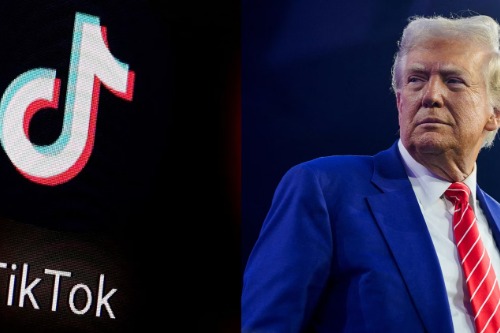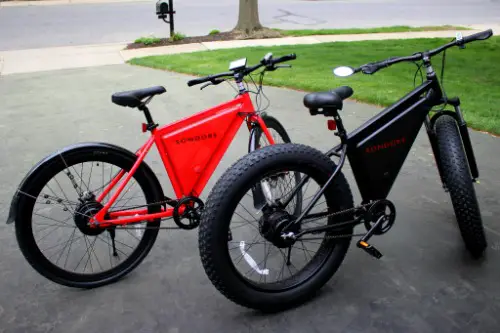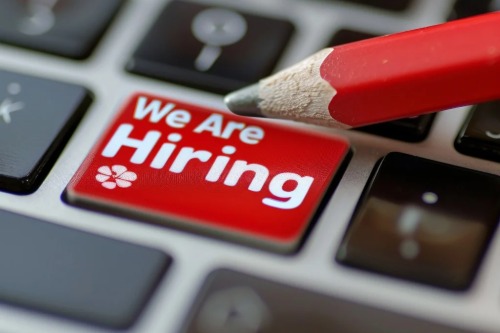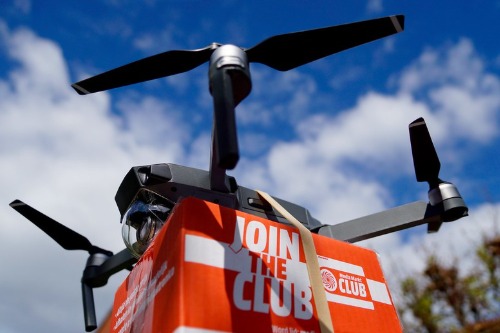1. TikTok (2025)

TikTok was banned in the U.S. in early 2025 after ByteDance failed to divest its American operations. Lawmakers cited national security concerns, and the app was pulled from app stores within days. But backlash from creators, tech investors, and younger voters was swift and loud. The ban became a political liability.
By midyear, proposals emerged to nationalize or partially U.S.-own the platform. Some lawmakers floated a licensing model, and others pushed for a government-approved clone. The app’s cultural influence made a full ban unsustainable. And yes, TikTok dances returned before the year was out.
2. Gas Stove Restrictions

Concerns over indoor air pollution led to proposed bans on gas stoves in new residential buildings. Cities like New York and Berkeley moved quickly, citing health risks and climate goals. The backlash was immediate—fueled by culture war rhetoric and appliance industry lobbying. Suddenly, gas stoves were a political symbol.
By year’s end, federal agencies clarified they weren’t banning existing stoves. Incentives for electric alternatives were reframed as “consumer choice.” Some states even passed laws protecting gas appliances. And yes, the flame still flickers.
3. AI-Generated Art in Schools

School districts briefly banned AI-generated art tools over plagiarism and copyright fears. Teachers worried students would outsource creativity, and some platforms were blocked on school Wi-Fi. But students and educators pushed back, arguing that AI was a legitimate medium. The conversation shifted from restriction to integration.
By fall, pilot programs emerged to teach ethical AI use in art classes. Districts partnered with tech companies to develop curriculum. The ban became a bridge to innovation. And yes, the robots got extra credit.
4. E-Bike Access on Trails

Cities and park systems began restricting e-bike access on shared trails, citing speed concerns and pedestrian safety. Riders protested, arguing that e-bikes were essential for accessibility and commuting. The bans sparked debates over mobility equity and environmental impact. Trail etiquette became a flashpoint.
By summer, many bans were reversed or softened. New signage, speed limits, and designated lanes were introduced. E-bikes were reclassified as “low-impact transit.” And yes, the trails buzzed again.
5. Crypto Donations in Campaigns

Early in the year, several states moved to ban cryptocurrency donations to political campaigns. Concerns over anonymity and foreign influence drove the restrictions. But candidates—especially tech-savvy ones—argued that crypto was transparent and traceable. The bans clashed with innovation narratives.
By election season, regulations were revised to allow crypto with strict disclosure rules. Federal guidance clarified reporting standards. Crypto went from shady to sanctioned. And yes, your vote could ride the blockchain.
6. Facial Recognition in Retail

Retailers began using facial recognition for theft prevention and customer analytics. Privacy advocates pushed back, and some cities banned the practice outright. Shoppers feared surveillance creep, and lawsuits followed. The tech was labeled invasive.
But by year’s end, opt-in models and transparency dashboards gained traction. Retailers reframed the tech as “personalized service” with consent. The ban softened into regulation. And yes, your face still opens doors.
7. AI-Powered Hiring Tools

Companies using AI to screen job applicants faced scrutiny over bias and discrimination. Regulators proposed bans or audits, and some platforms were pulled from HR departments. The backlash was swift—especially from startups and remote employers. AI hiring was suddenly a liability.
By Q4, new standards emerged for fairness testing and algorithm transparency. The tools were reintroduced with oversight and disclaimers. The ban became a blueprint. And yes, your résumé still talks to a robot.
8. Drone Deliveries in Suburbs

Drone delivery pilots launched in early 2025, promising faster shipping and reduced traffic. But noise complaints, privacy concerns, and safety incidents led to local bans. Residents feared low-flying machines and package theft. The skies got quiet.
By year’s end, FAA guidelines and community input reshaped the rollout. Drones returned with altitude limits, geofencing, and quieter tech. The ban became a beta test. And yes, your burrito flew back in.
This post 8 Trends That Got Banned, Regulated, Then Endorsed Within the Same Year was first published on American Charm.


